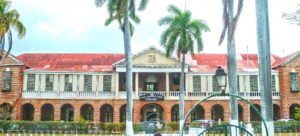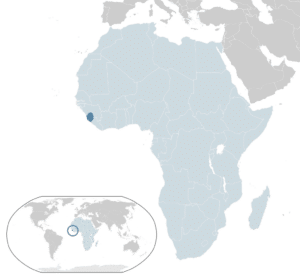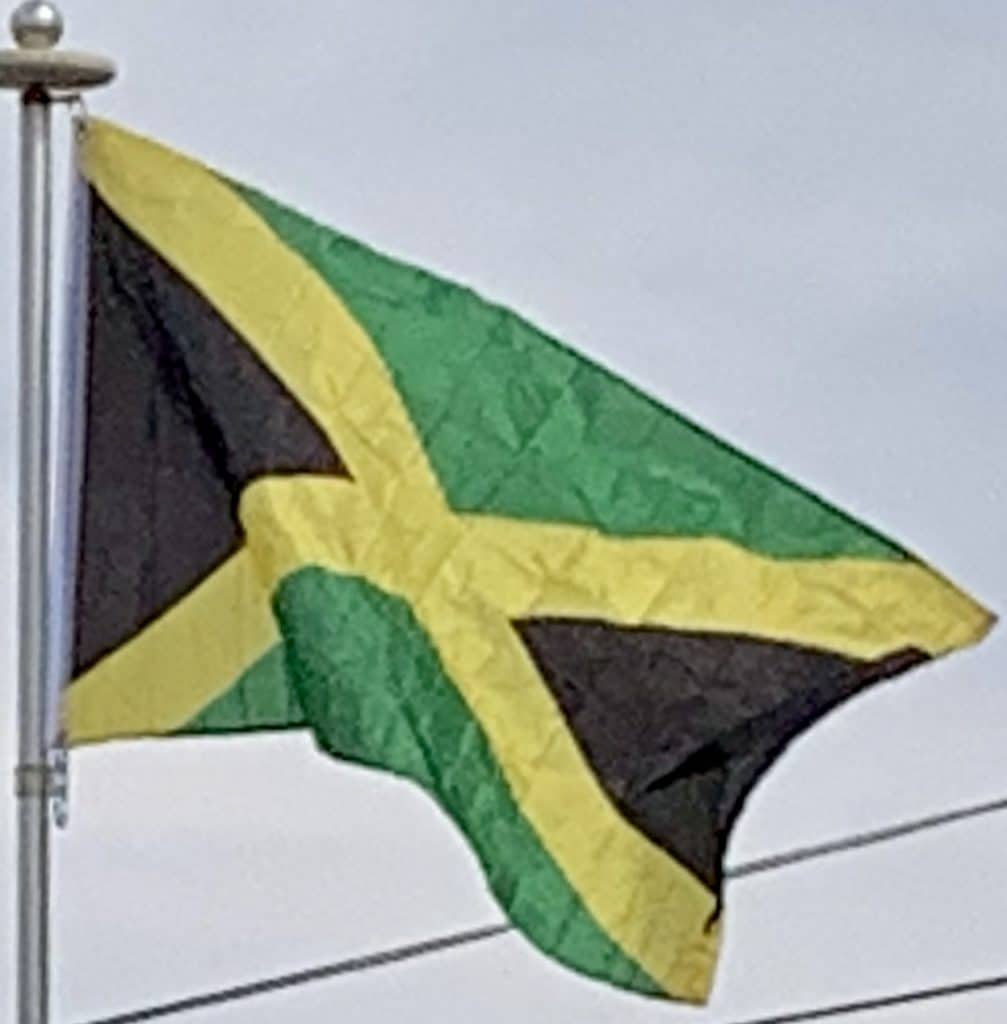In 1660, the population of Jamaica was about 4,500 white and 1,500 black. By the early 1670s, as the English developed sugar cane plantations worked by large numbers of slaves, black Africans formed a majority of the population. The Irish in Jamaica also formed a large part of the island’s early population, making up two-thirds of the white population on the island in the late 17th century, twice that of the English population. They were brought in as indentured laborers and soldiers after the conquest of 1655. The majority of Irish were transported by force as political prisoners of war from Ireland as a result of the ongoing Wars of the Three Kingdoms. Migration of large numbers of Irish to the island continued into the 18th century.

A limited form of local government was introduced with the creation of the House of Assembly of Jamaica in 1664; however, it represented only a tiny number of rich plantation owners. In 1692, the colony was rocked by an earthquake that resulted in several thousand deaths and the almost complete destruction of Port Royal.
18th–19th Centuries:
During the 1700s the economy boomed, based largely on sugar and other crops such as coffee, cotton and indigo. All these crops were worked by black slaves, who lived short and often brutal lives with no rights, being the property of a small planter-class. A large slave rebellion, known as Tacky’s War, broke out in 1760 but was defeated by the British. During this period the British also attempted to consolidate their control over the island by defeating the Maroons, who continued to live in the interior under leaders such as Cudjoe and Queen Nanny. The First Maroon War (1728 – 1739/40) ended in stalemate, as did a second conflict in 1795–96; however, as a result of these wars many Maroons were expelled to Nova Scotia and, later, Sierra Leone.

By the beginning of the 19th century, Jamaica’s dependence on slave labor and a plantation economy had resulted in black people outnumbering white people by a ratio of almost 20 to 1. Although the British had outlawed the importation of slaves, some were still smuggled in from Spanish colonies and directly. While planning the abolition of slavery, the British Parliament passed laws to improve conditions for slaves. They banned the use of whips in the field and flogging of women; informed planters that slaves were to be allowed religious instruction, and required a free day during each week when slaves could sell their produce, prohibiting Sunday markets to enable slaves to attend church. The House of Assembly in Jamaica resented and resisted the new laws. Members, with membership then restricted to European-Jamaicans, claimed that the slaves were content and objected to Parliament’s interference in island affairs. Slave owners feared possible revolts if conditions were lightened.
The British abolished the slave trade in 1807, but not the institution itself. In 1831 a huge slave rebellion, known as Baptist War, broke out, led by the Baptist preacher Samuel Sharpe.
